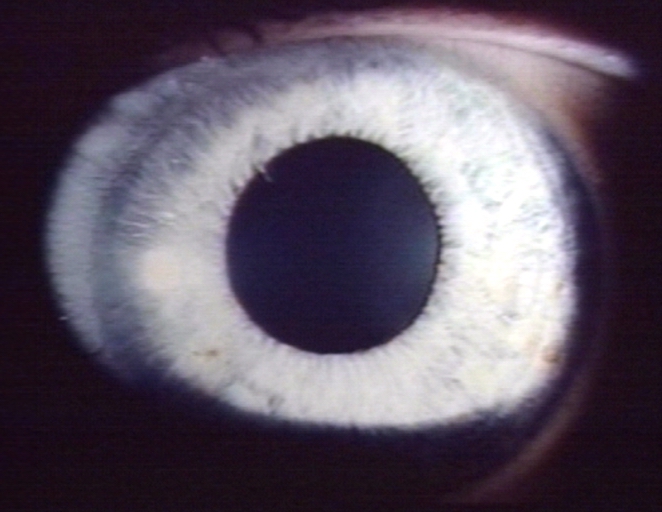Pupillary dilation
| Pupillary dilation | |
 | |
|---|---|
| Pupillary dilation |
Template:Search infobox Editor-In-Chief: C. Michael Gibson, M.S., M.D. [1]
Please Take Over This Page and Apply to be Editor-In-Chief for this topic: There can be one or more than one Editor-In-Chief. You may also apply to be an Associate Editor-In-Chief of one of the subtopics below. Please mail us [2] to indicate your interest in serving either as an Editor-In-Chief of the entire topic or as an Associate Editor-In-Chief for a subtopic. Please be sure to attach your CV and or biographical sketch.
Overview
The action of the iris dilator muscle is controlled by the sympathetic system, which in turn controls pupillary dilation. The superior cervical ganglion is the source of the third order neuron and follows the internal cartoid artery brances.
Sympathetic activity that goes unopposed can cause unequal pupil size.
Differential diagnosis of causes of pupillary dilation
- Acute Closed Angle glaucoma
- Adie's tonic pupil
- Adregenic agents
- Benign episodic mydriasis
- Coma
- Congenital mydriasis
- Drug withdrawal
- Hallucinogens
- Seizures
- Serotonin syndrome
- Systemic anticholinergics
- Third nerve palsy
- Trauma
Diagnosis
History and Symptoms
- Complete history with special attention to:
- neurologic
- Ophthalmologic
- Otolaryngologic
Physical Examination
Eyes
- Pupil size (light & dark)
- Pupil response to light and convergence
- Lid position
MRI and CT
- MRI to check for third cranial nerve palsy
Treatment
Acute Pharmacotherapies
- Adie's pupil - Pilcarpine .125% BID-QID
- Migraines - pain meds, antidepressants, anticonvulsants, beta blockers, calcium channel blockers
Primary Prevention
- Remove causative medication
- Sunglasses to decrease light sensitivity